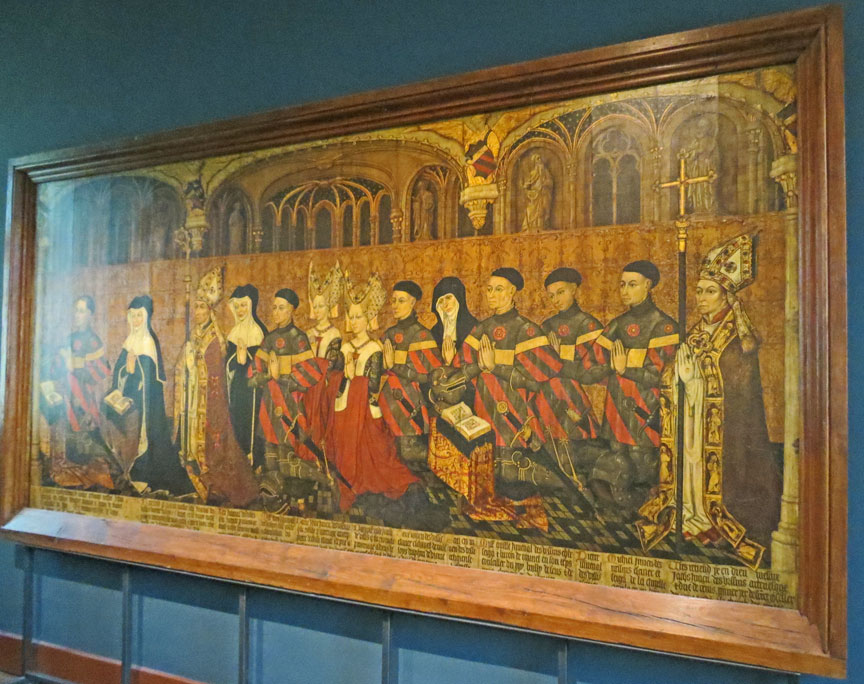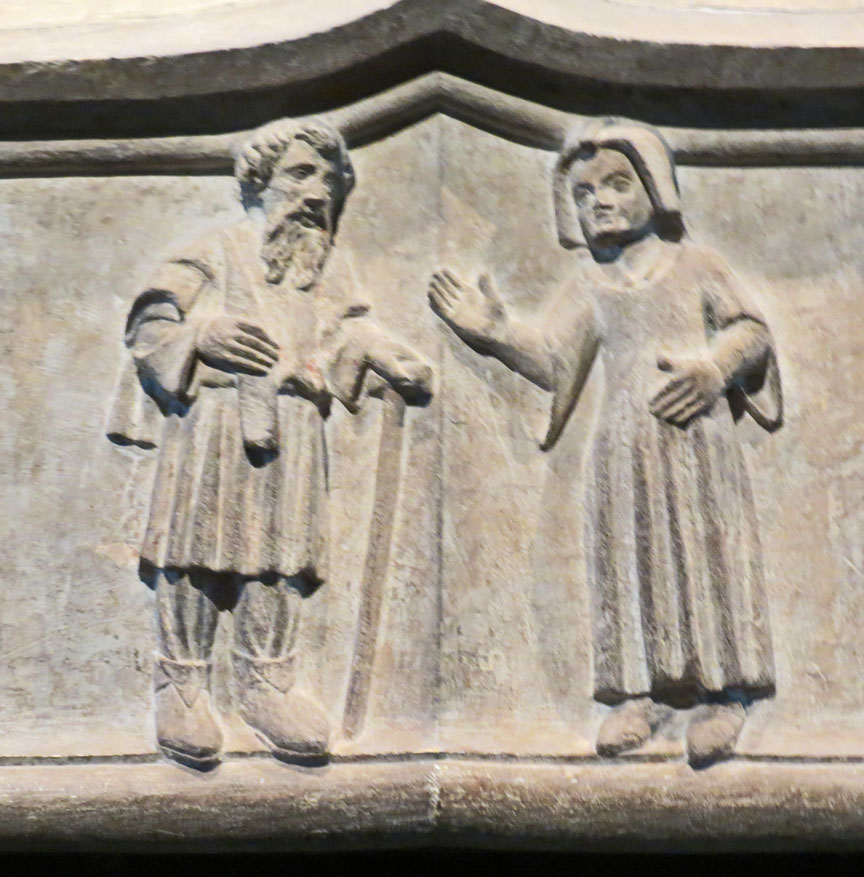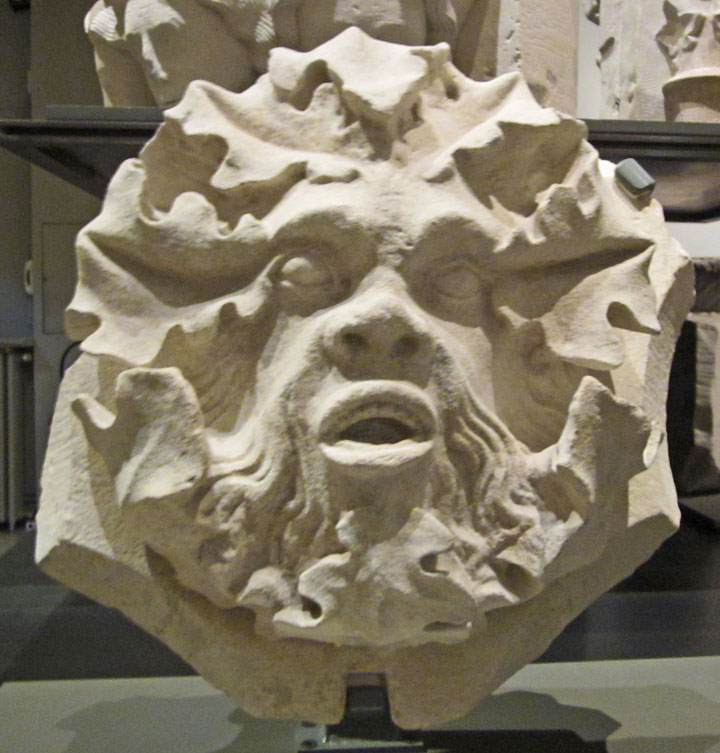

Musée national du Moyen Âge
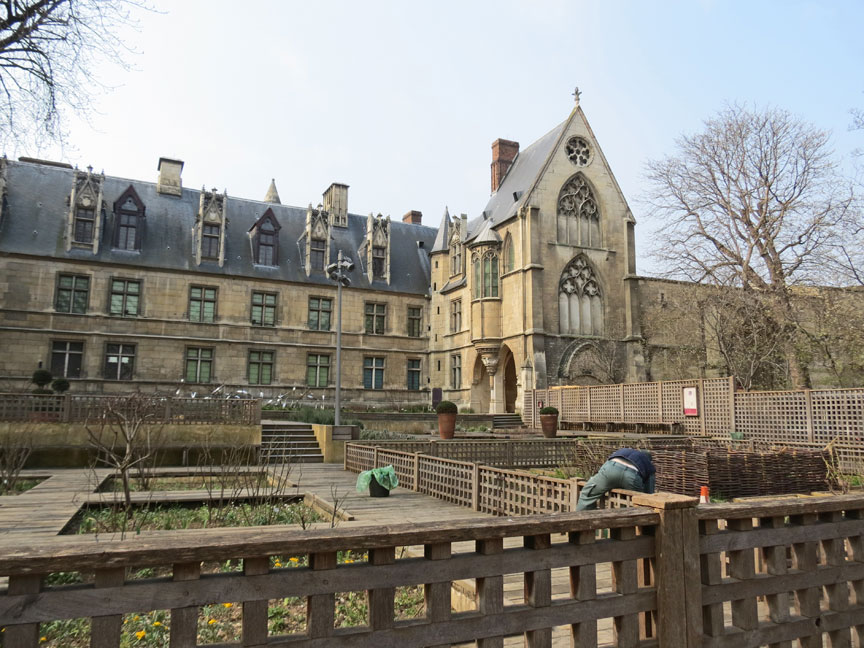
Musée de Cluny
The Musée national du Moyen Âge, formerly Musée de Cluny officially known as the Musée national du Moyen Âge - Thermes et hôtel de Cluny (National Museum of the Middle Ages - Cluny thermal baths and mansion), is a museum in Paris, France. It is located in the 5th arrondissement at 6 Place Paul Painlevé, south of the Boulevard Saint-Germain, between the Boulevard Saint-Michel and the Rue Saint-Jacques.
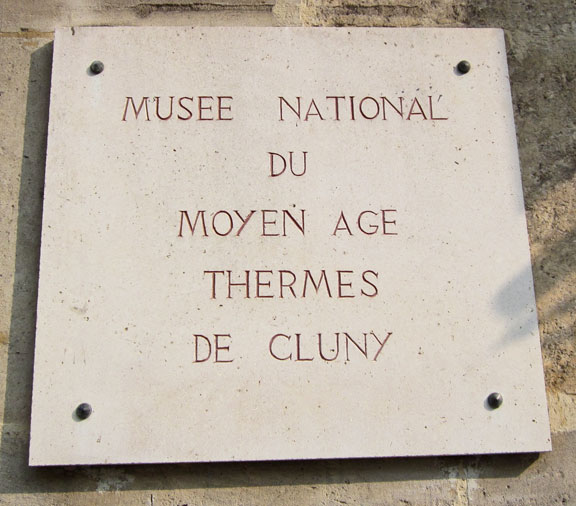
Roman Bath
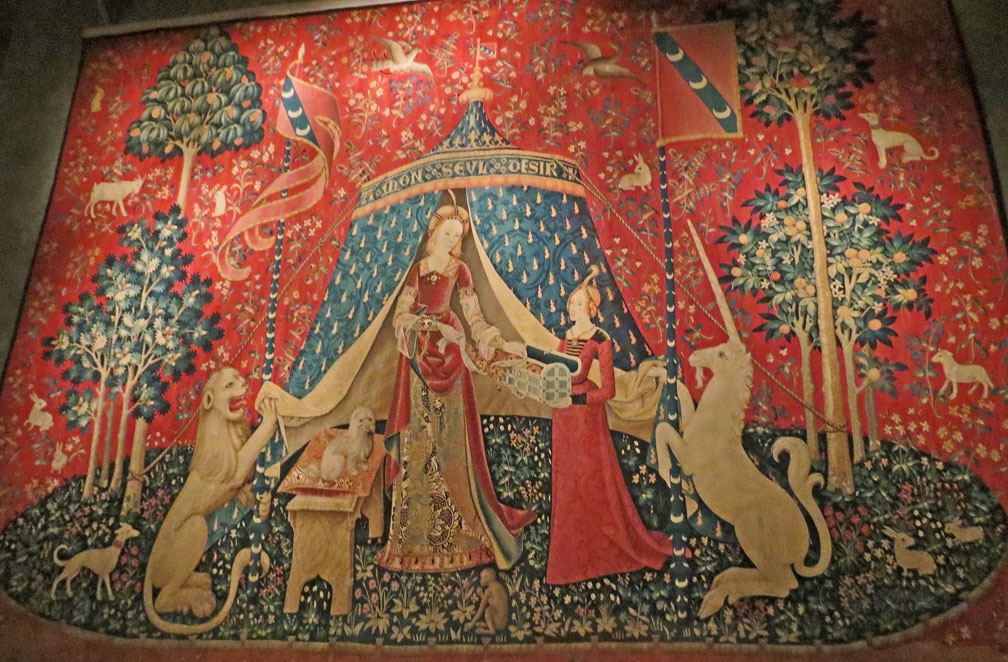
La Dame à la Licorne (The Lady and the Unicorn) tapestrie
Among the principal holdings of the museum are the six La Dame à la Licorne (The Lady and the Unicorn) tapestries.
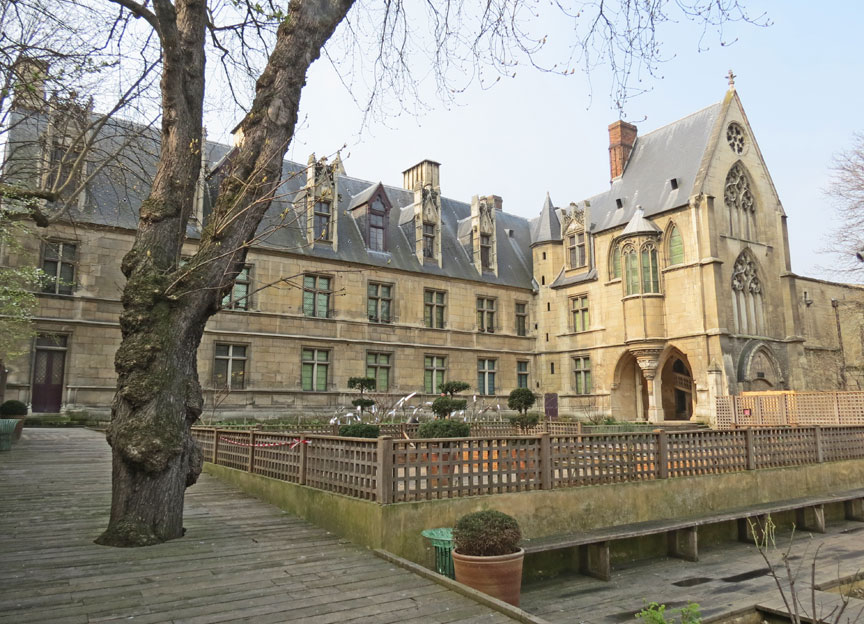
The structure is perhaps the most outstanding example still extant of civic
architecture in medieval Paris. It was formerly the town house (hôtel) of the
abbots of Cluny, started in 1334. The structure was rebuilt by Jacques
d'Amboise, abbot in commendam of Cluny 1485-1510; it combines Gothic and
Renaissance elements. In 1843 it was made into a public museum, to contain
relics of France's Gothic past preserved in the building by Alexandre du
Sommerard.

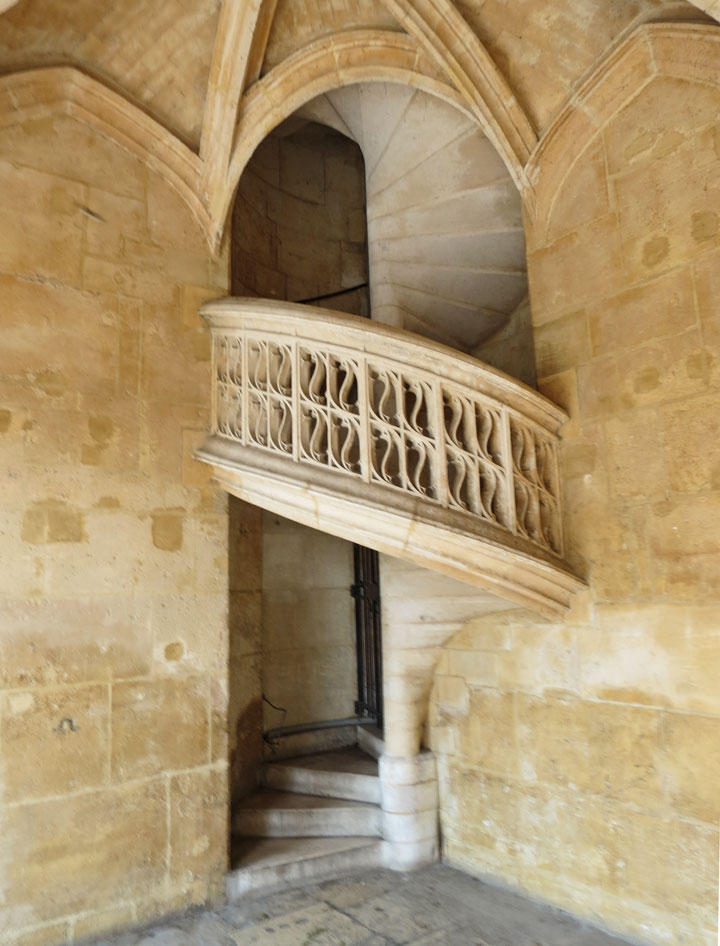
Though it no longer possesses anything originally connected with the abbey of
Cluny, the hôtel was at first part of a larger Cluniac complex that also
included a building (no longer standing) for a religious college in the Place de
la Sorbonne, just south of the present day Hôtel de Cluny along Boulevard
Saint-Michel. Although originally intended for the use of the Cluny abbots, the
residence was taken over by Jacques d'Amboise, Bishop of Clermont and Abbot of
Jumièges, and rebuilt to its present form in the period of 1485-1500. Occupants
of the house over the years have included Mary Tudor, the sister of Henry VIII
of England. She was installed here after the death of her husband Louis XII by
his successor Francis I of France in 1515; Francis wished to monitor Mary
closely, particularly to see if she was pregnant. Seventeenth-century occupants
included several papal nuncios, including Mazarin.
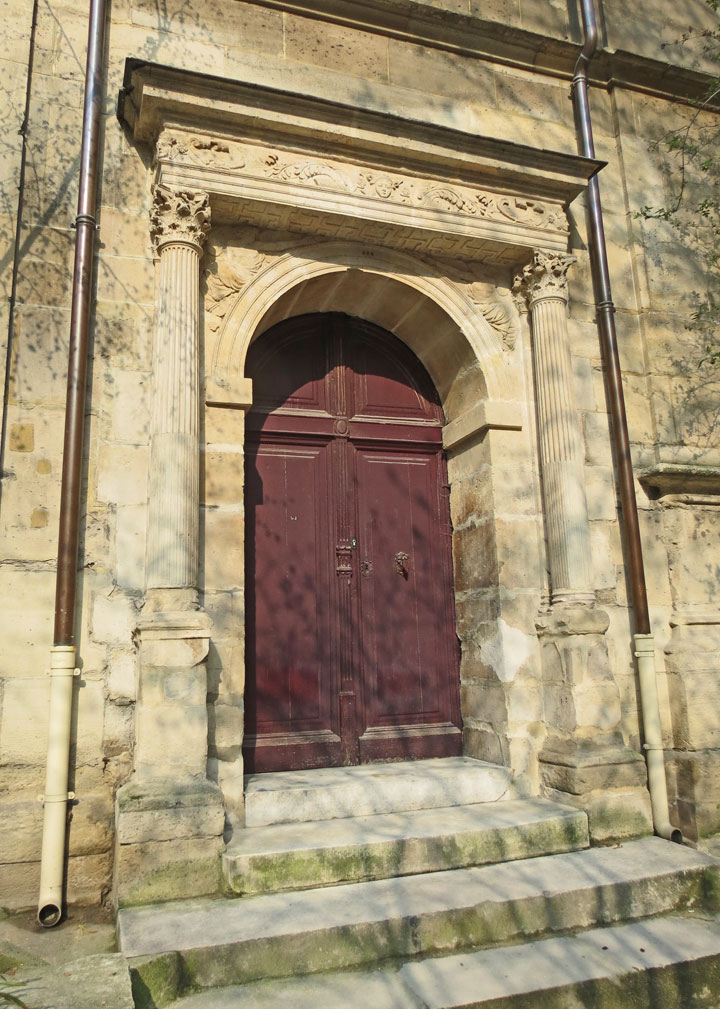
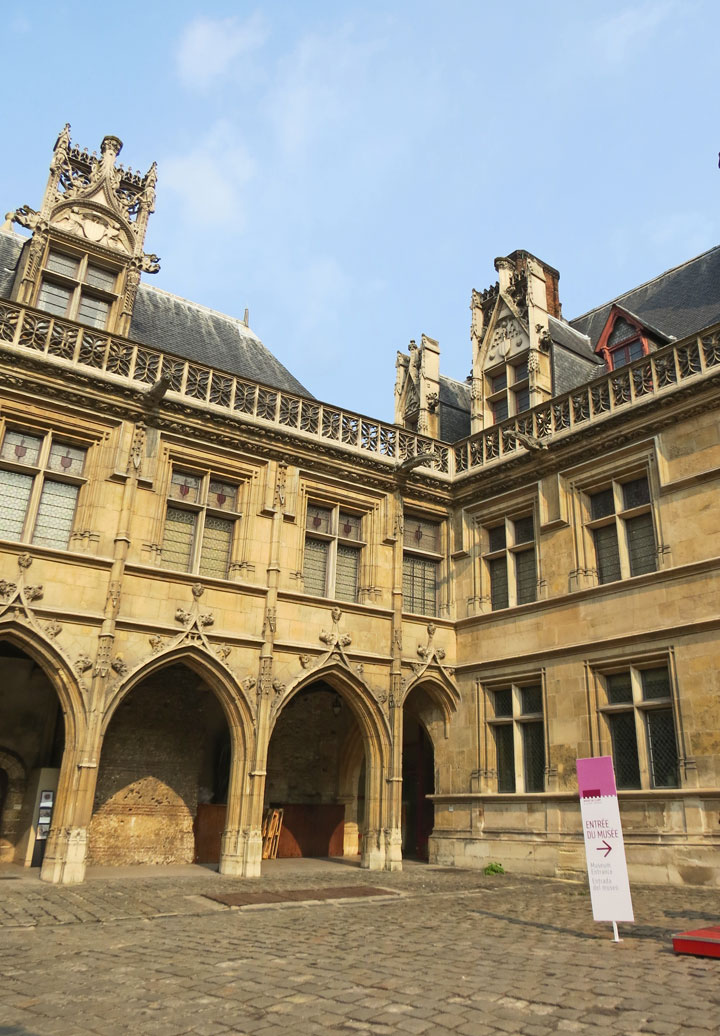
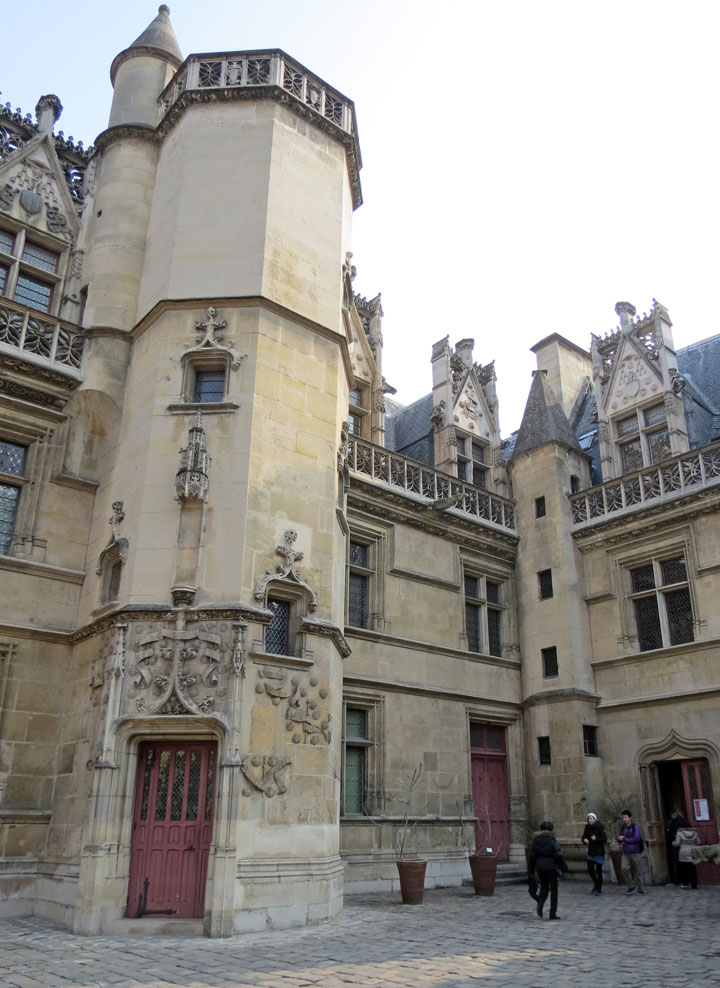
Later, it was used as an observatory by the astronomer Charles Messier, who in
1771 published his observations in the landmark Messier catalog. In 1793 it was
confiscated by the state, and for the next three decades served several
functions. At one point it was owned by a physician who used the magnificent
Flamboyant chapel on the first floor as a dissection room.
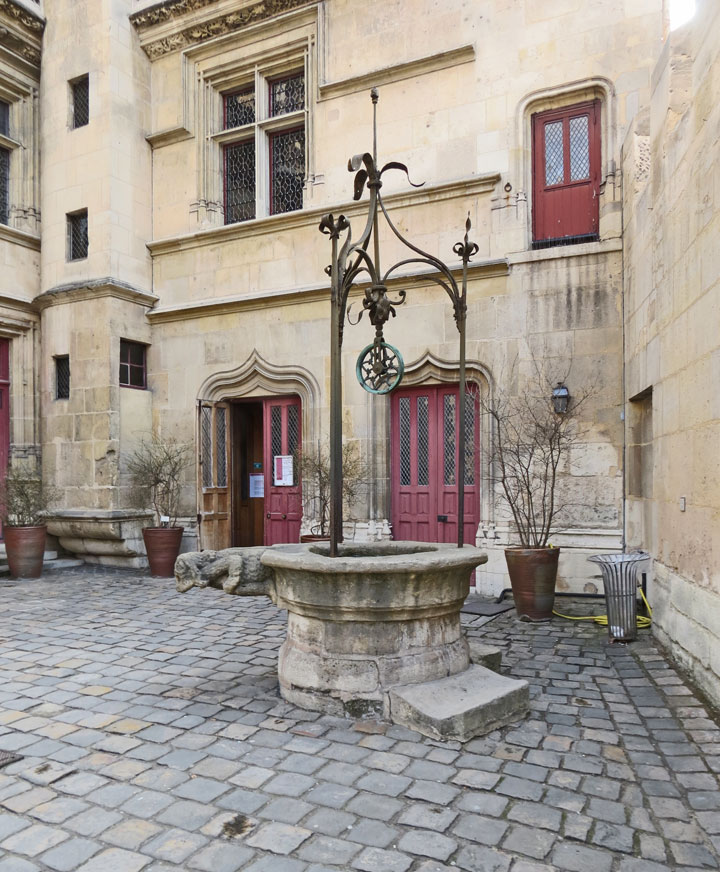
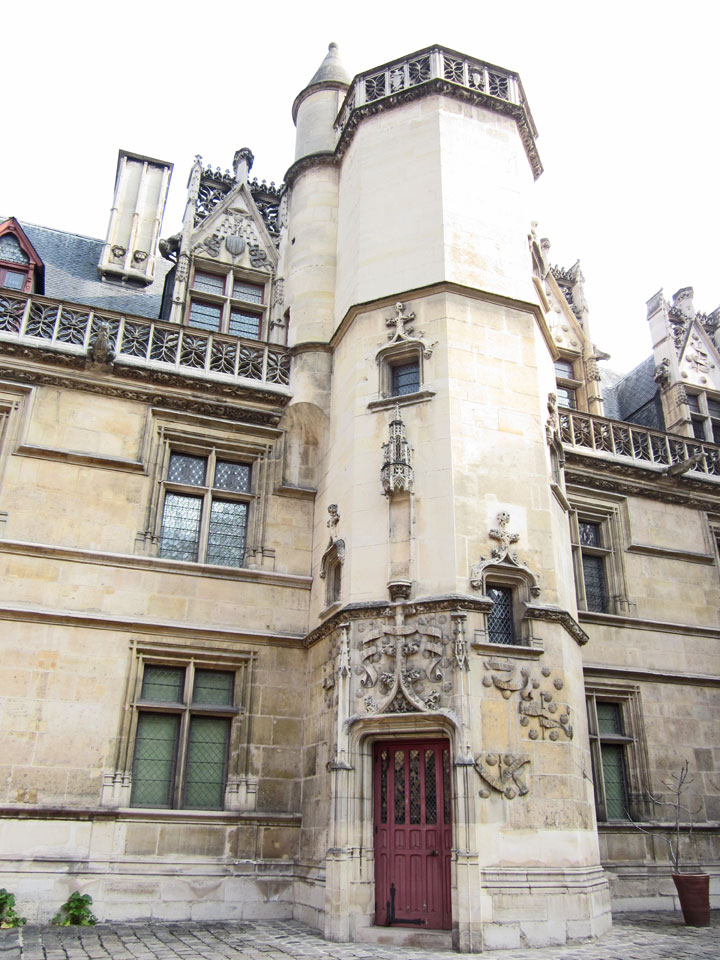


In 1833 Alexandre du Sommerard moved here and installed his large collection of
medieval and Renaissance objects. Upon his death in 1842 the collection was
purchased by the state; the building was opened as a museum in 1843, with du
Sommerard's son serving as the first curator. The present gardens, opened in
1971, include a "Forêt de la Licorne" inspired by the tapestries.
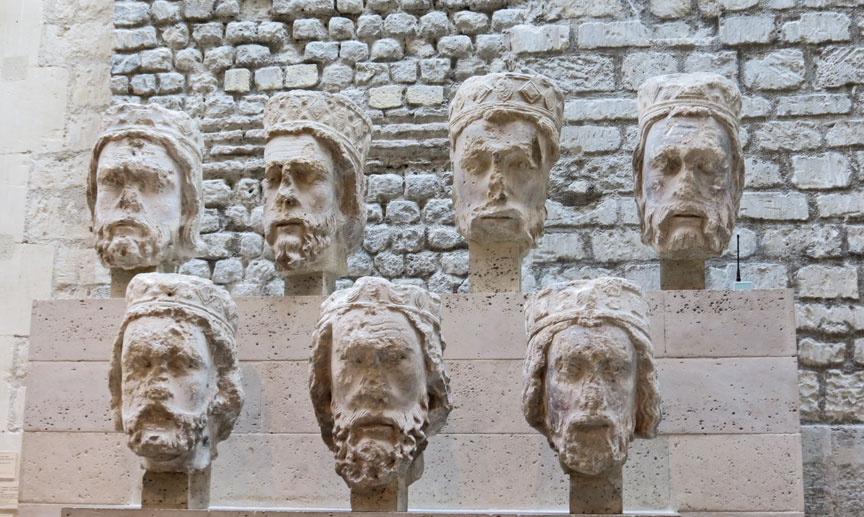
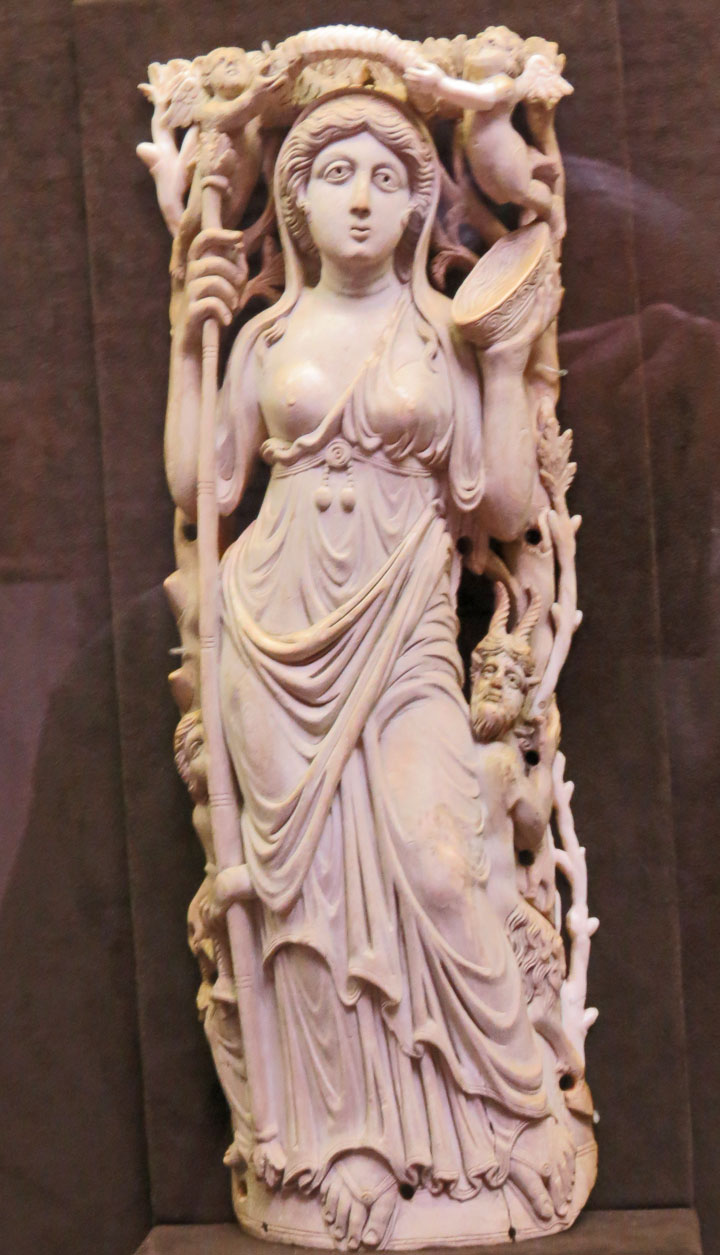
The Hôtel de Cluny is partially constructed on the remains of Gallo-Roman baths
dating from the third century (known as the Thermes de Cluny), which are famous
in their own right and which may still be visited. In fact, the museum itself
actually consists of two buildings: the frigidarium ("cooling room"), where the
remains of the Thermes de Cluny are, and the Hôtel de Cluny itself, which houses
its impressive collections.
Text from Wikipedia


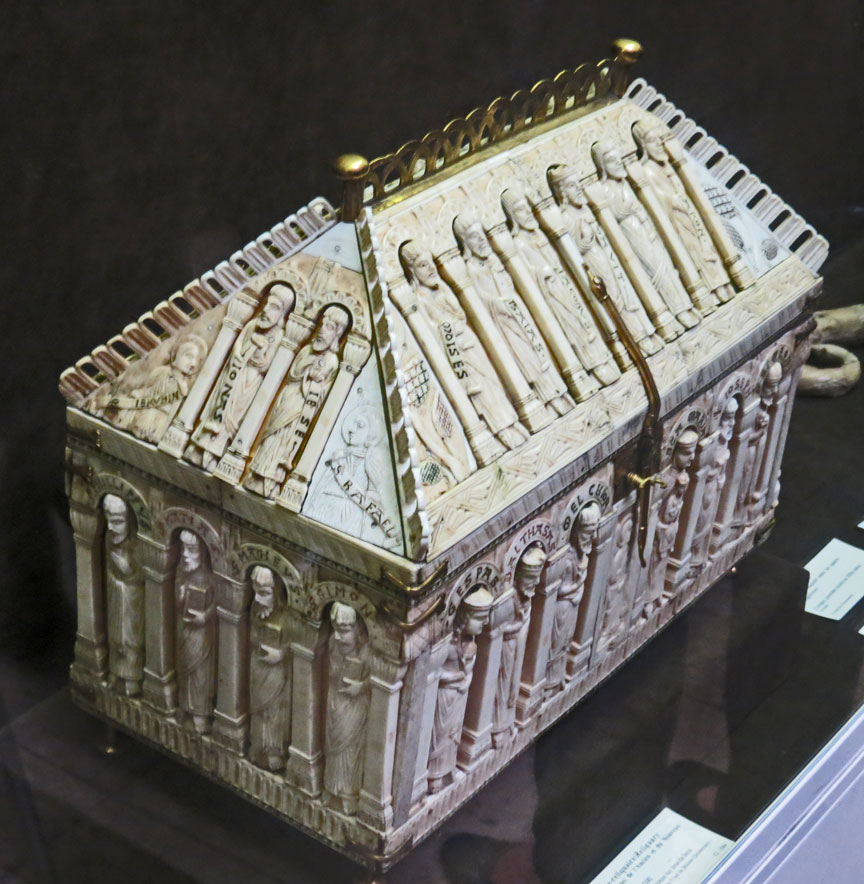
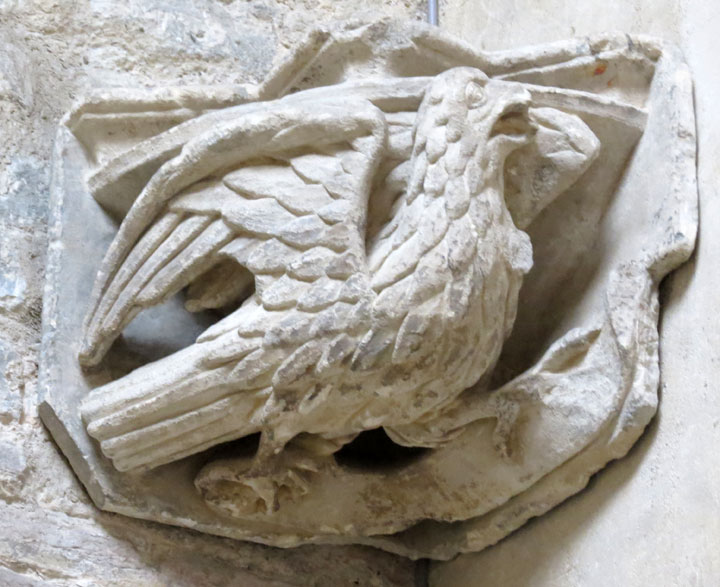


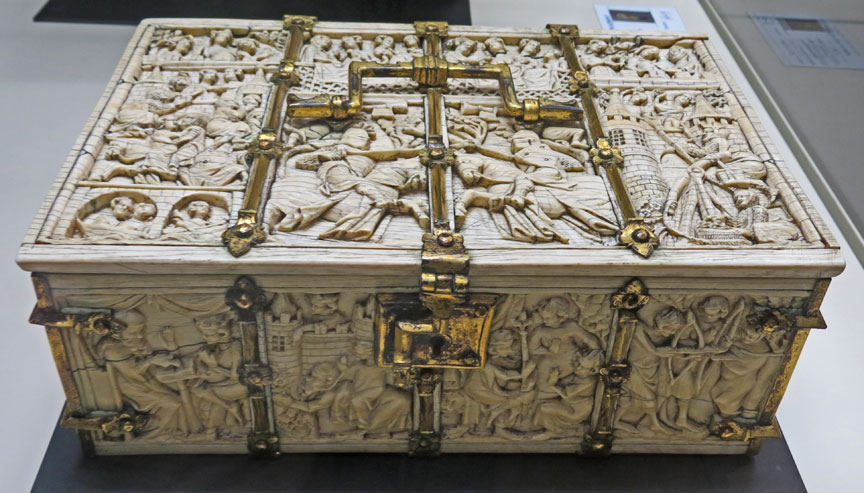

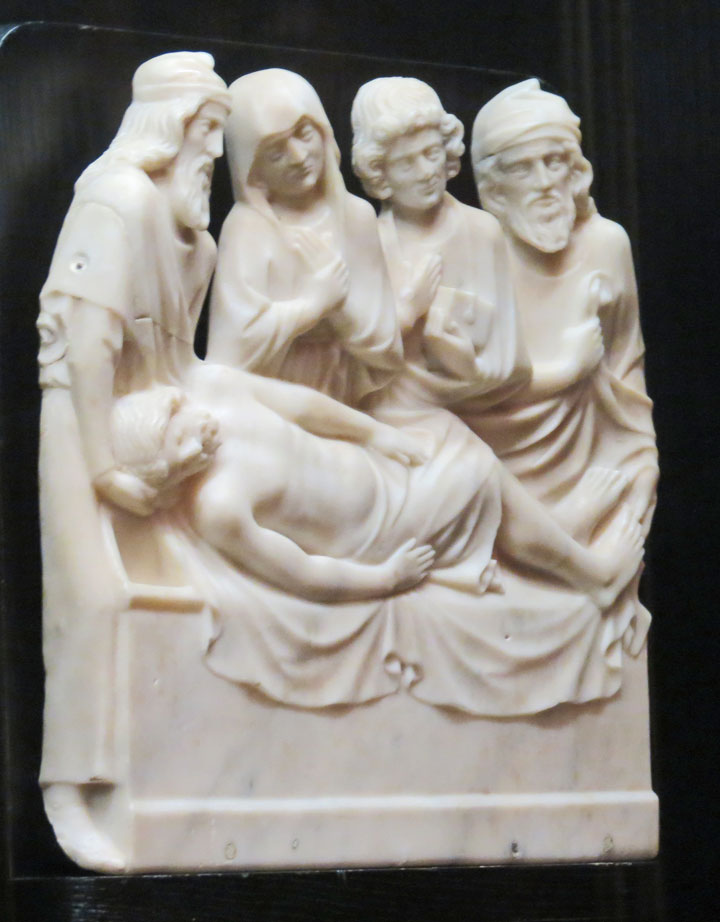
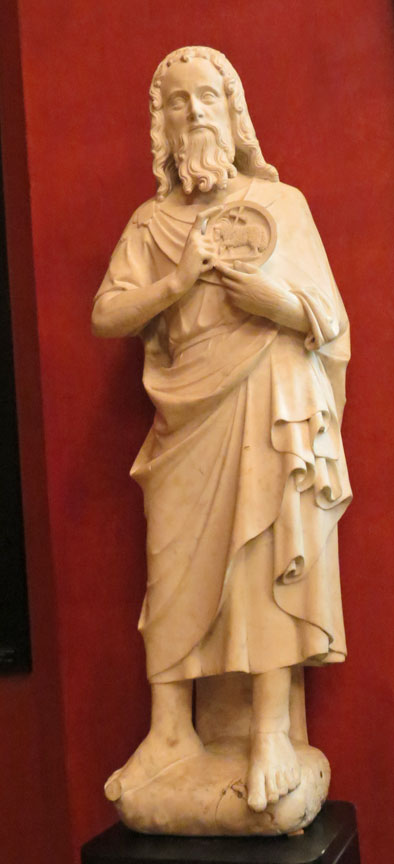
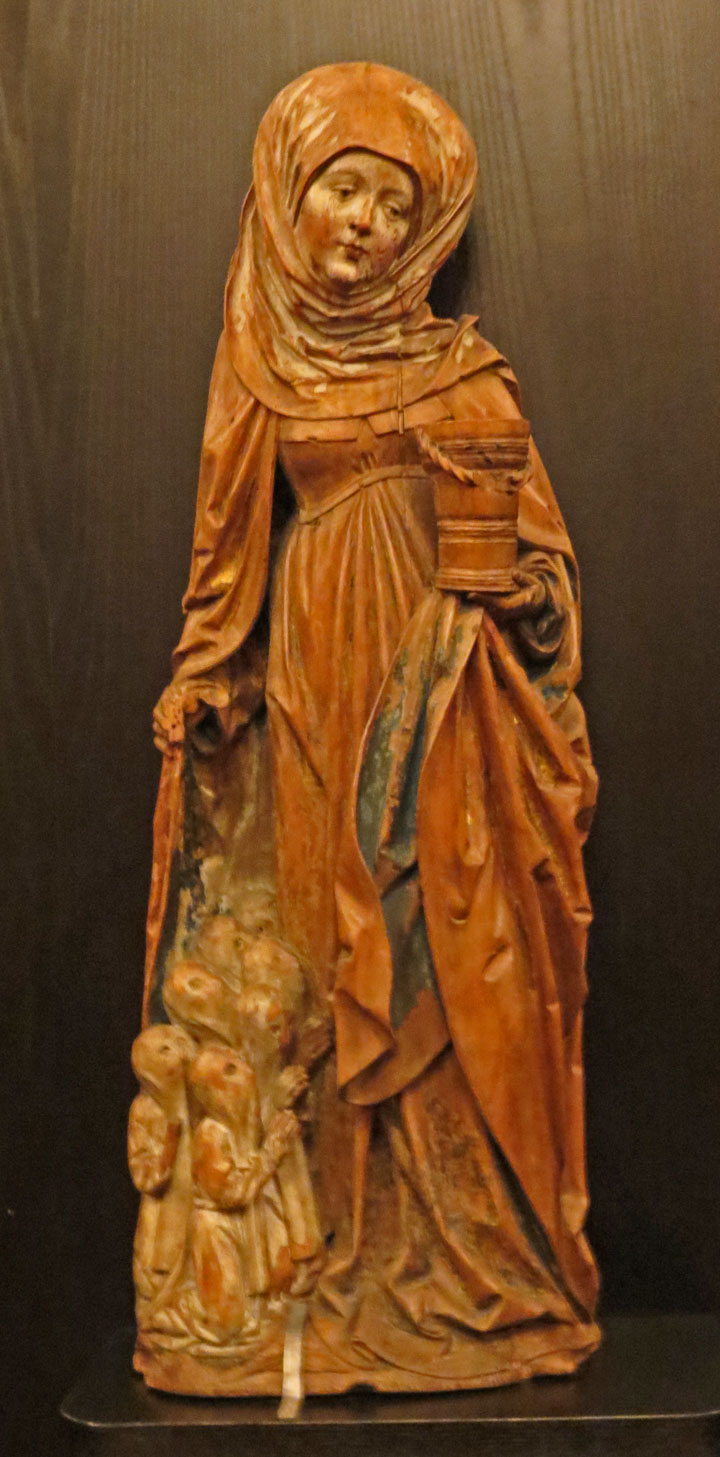
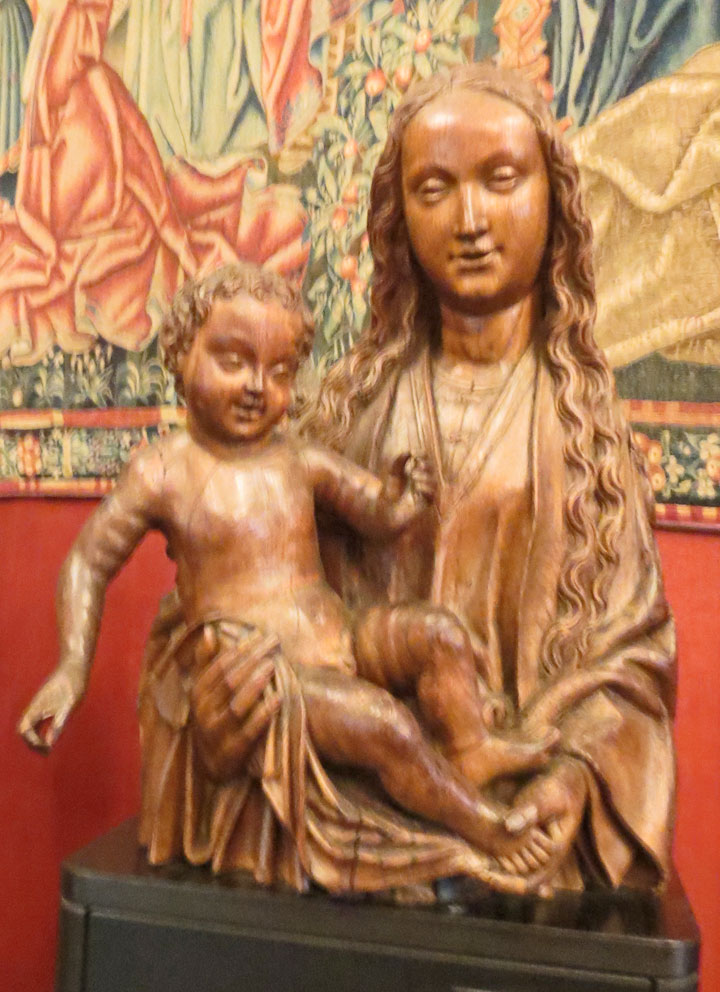
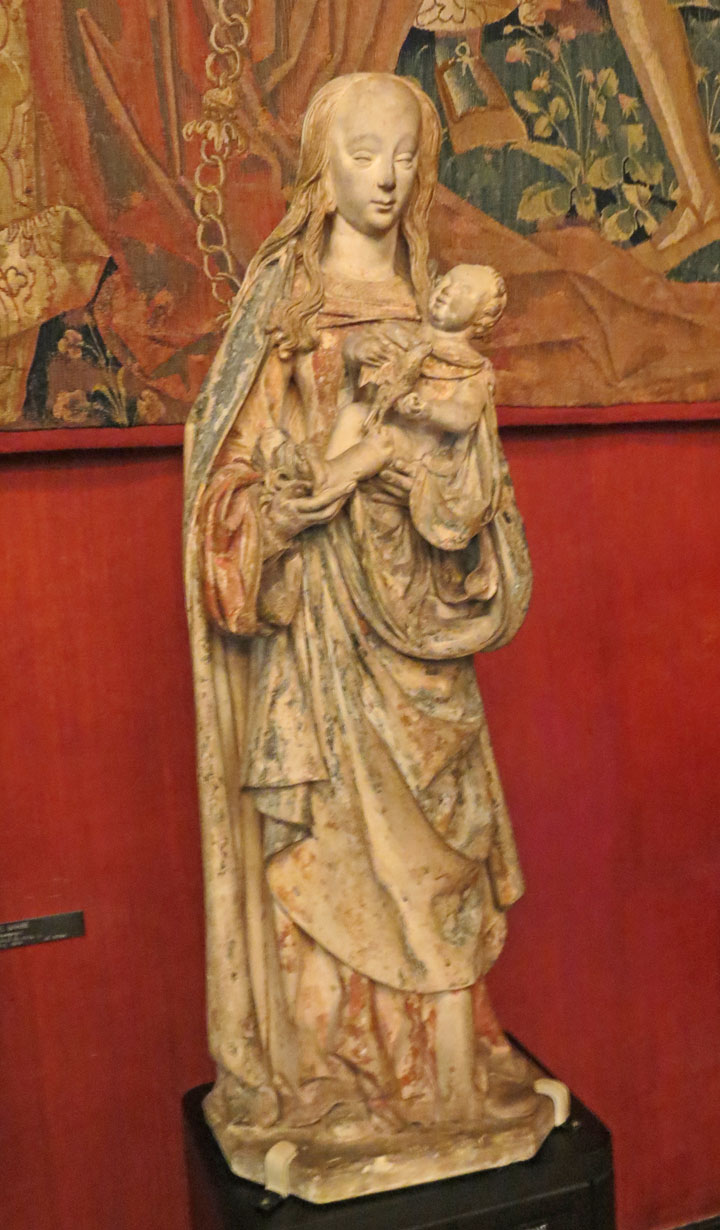
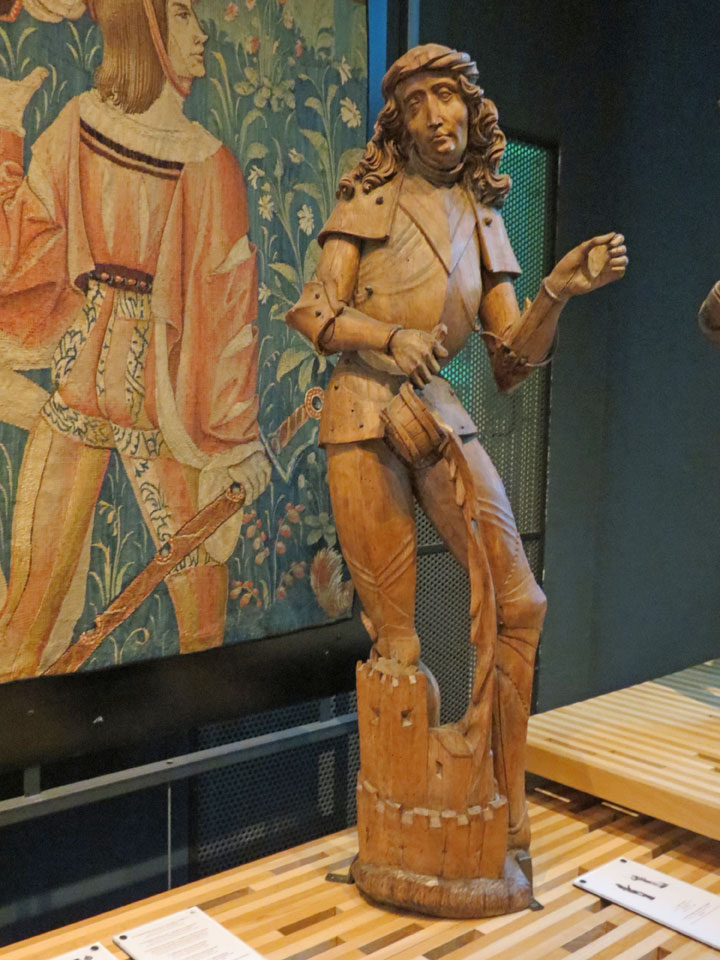
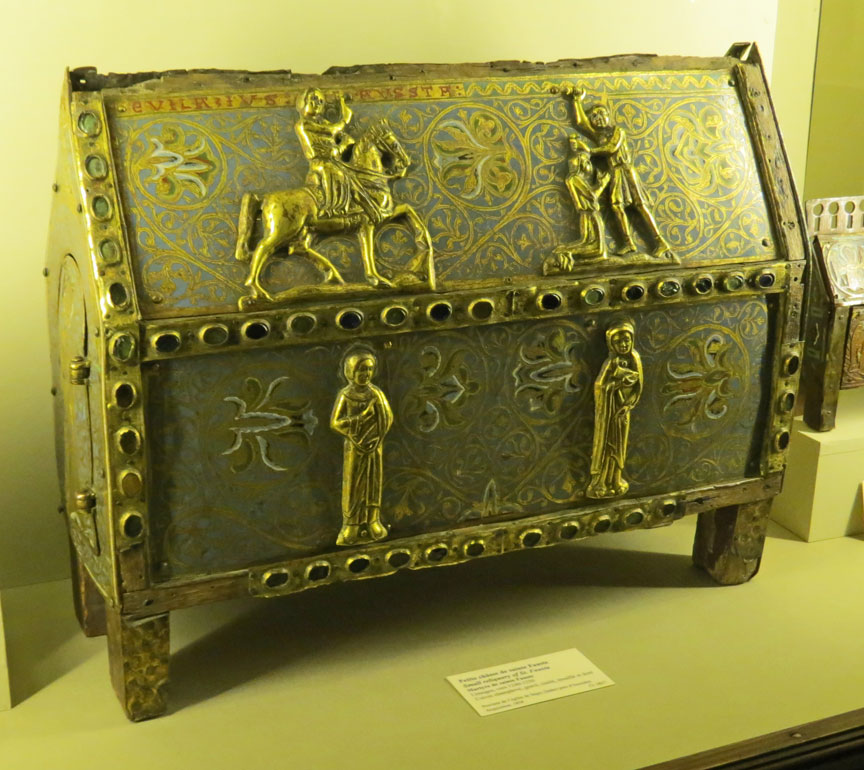
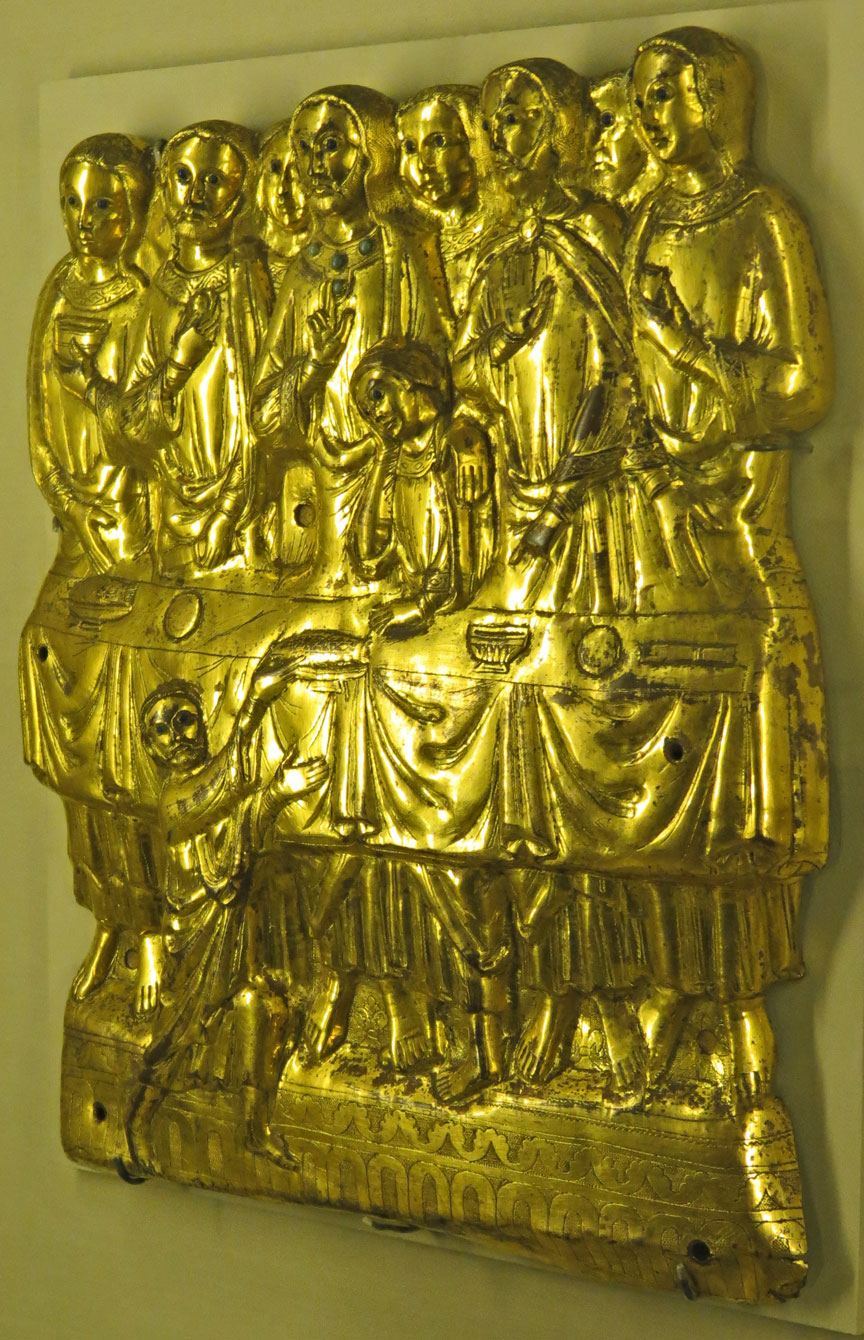
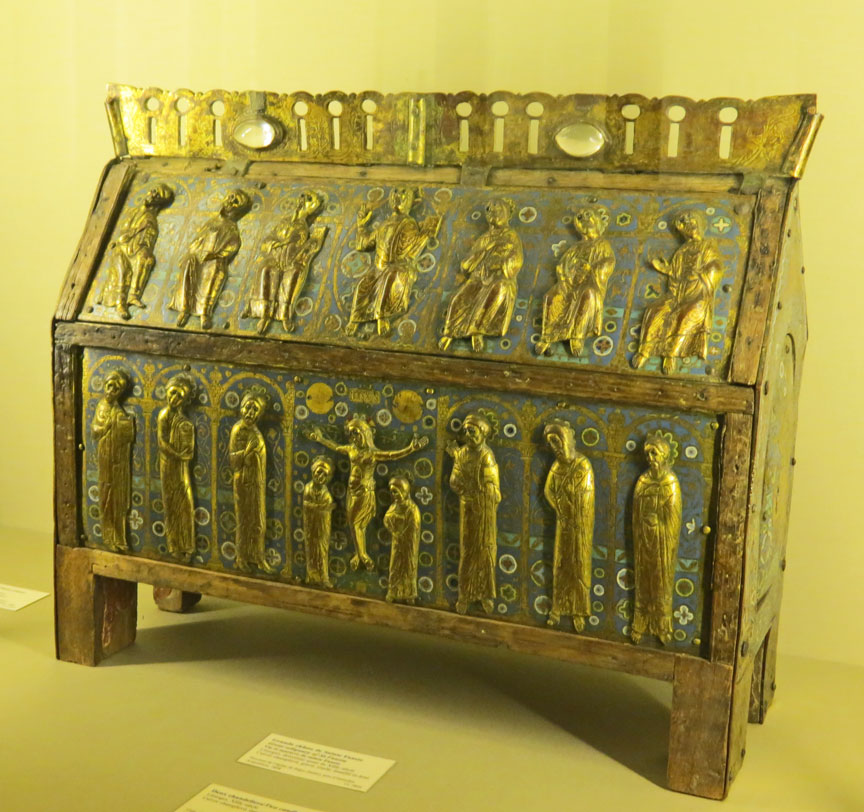
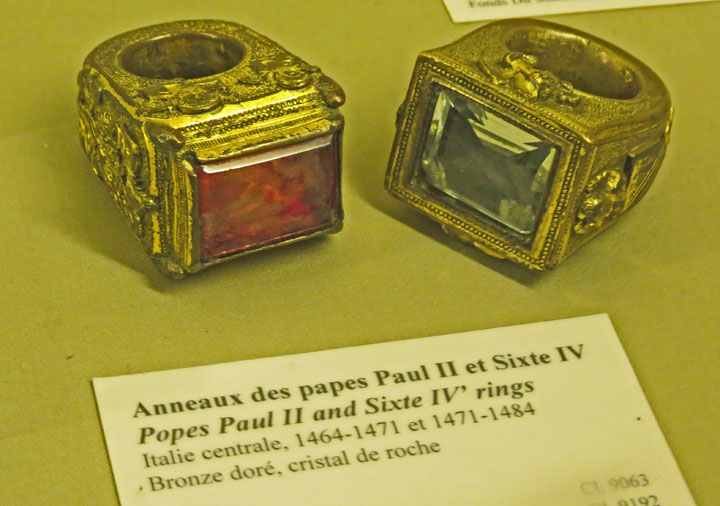
Papal rings
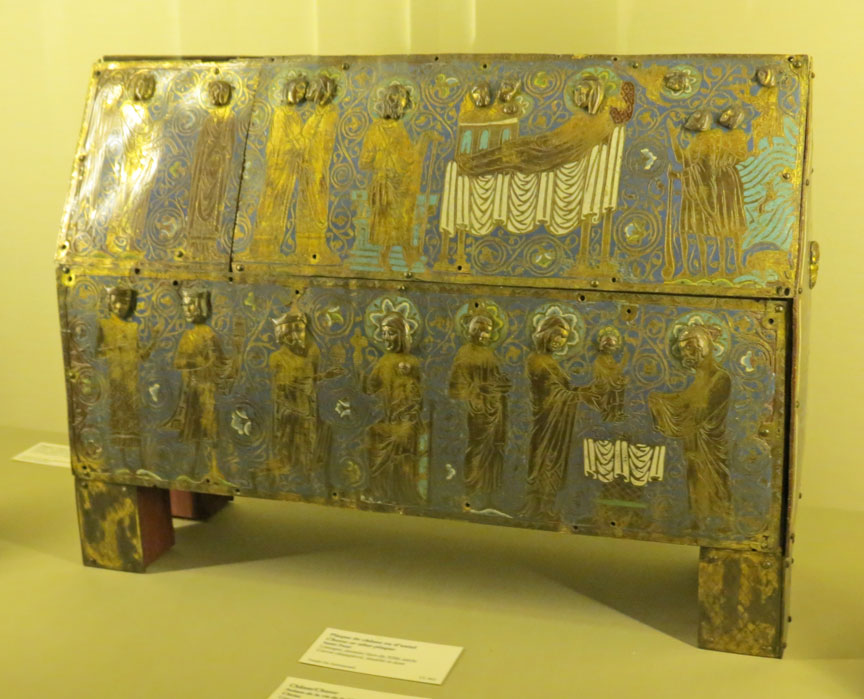
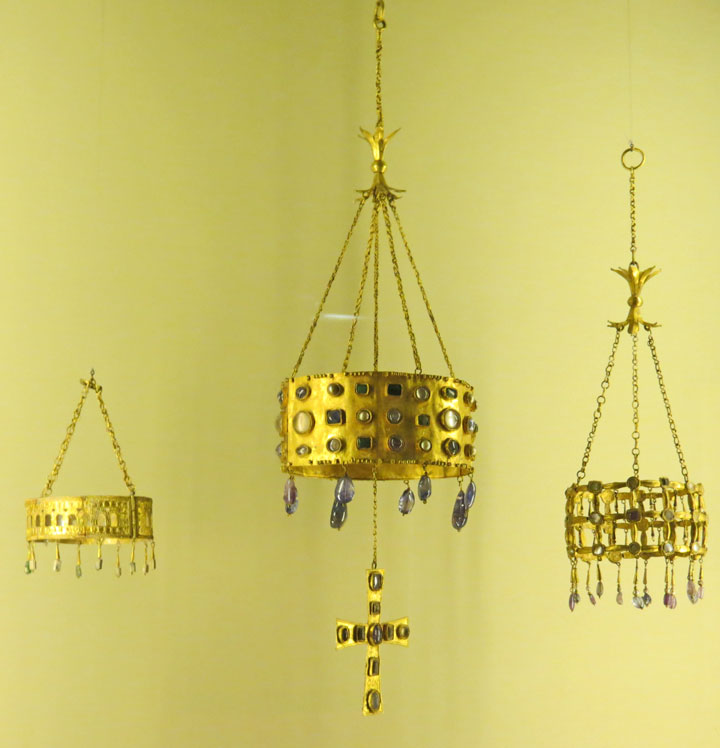

More Photos of Stain Glass Windows

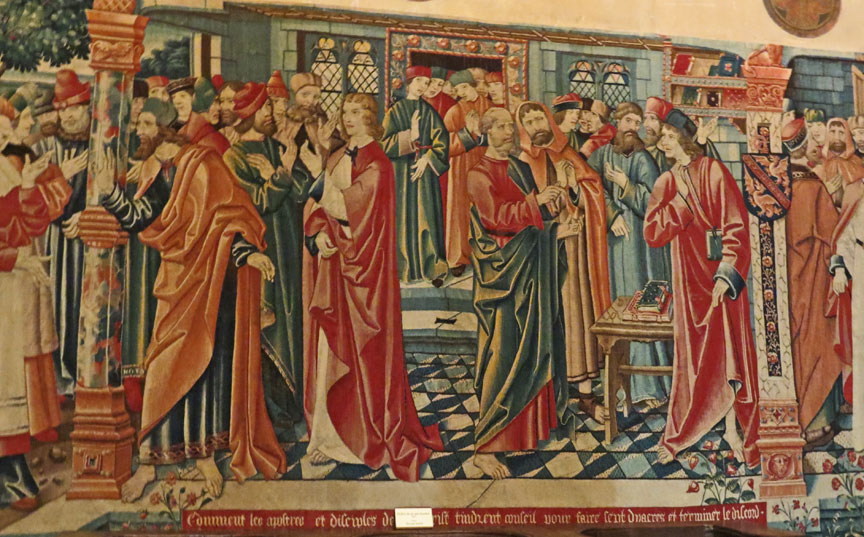
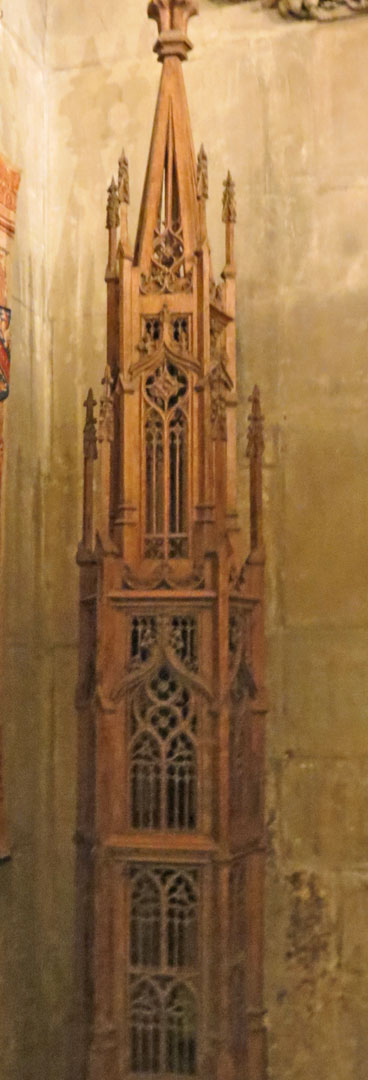

Narwhale tusk, AKA Unicorn horn
